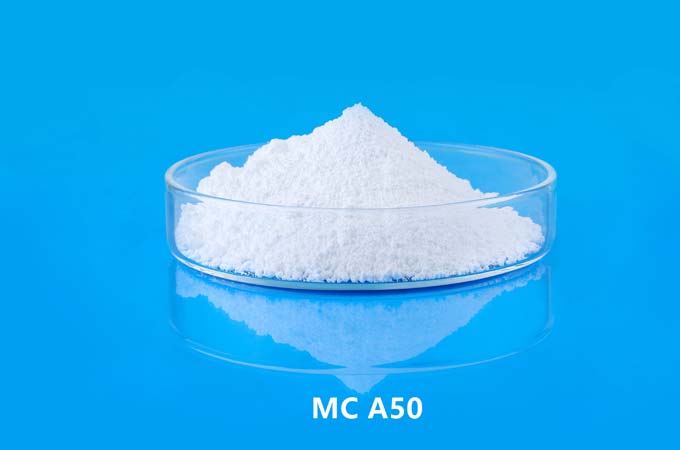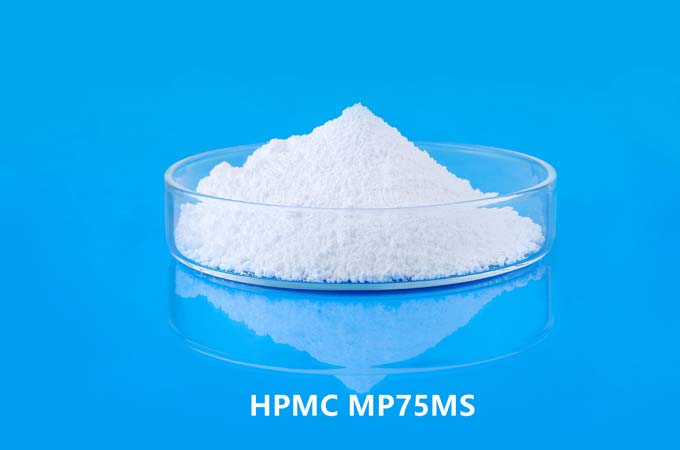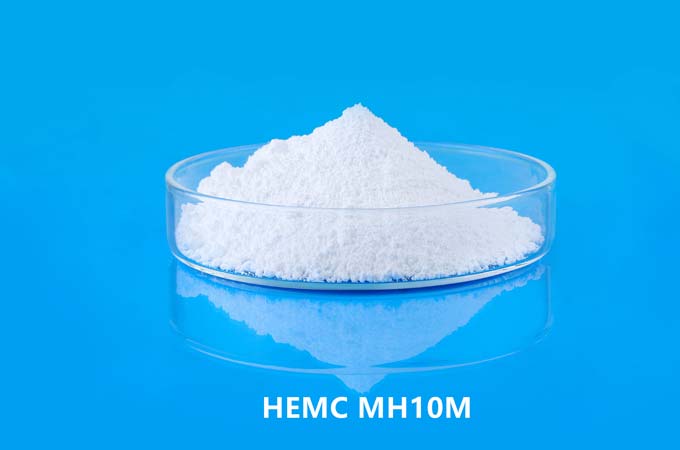Carboxymethyl cellulose (CMC) is an anionic water-soluble polymer formed by etherification of natural cellulose. It has excellent thickening, suspension, dispersion, water retention and film-forming properties, and plays an important role in the daily chemical industry, especially in detergent production.
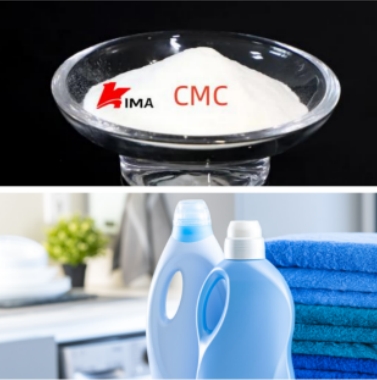
Mechanism of action of CMC in detergents
1.1. Redeposition inhibitor
During the washing process, dirt is easily re-deposited on the fabric after being emulsified and dispersed by the detergent, affecting the cleaning effect. CMC forms an adsorption film with the fiber surface through its anionic groups, making it difficult for dirt particles to re-attach to the fabric, thereby playing an anti-redeposition effect and improving the cleaning efficiency of the detergent.
1.2. Suspending agent and stabilizer
CMC has good colloidal stability and can stably suspend insoluble particles (such as dirt, fragrance, pigment) in the washing liquid to prevent particle agglomeration and precipitation, so that the detergent remains evenly distributed and the shelf life is extended.
1.3. Thickener
In liquid detergents or laundry beads, CMC can effectively adjust the viscosity of the system, so that the product has good fluidity and feel. In addition, thickening can increase the residence time of active substances on fabrics and improve the decontamination effect.
1.4. Softeners and protective agents
CMC forms a soft protective film on the surface of clothing, which has a certain softening and antistatic effect. It is suitable for washing clothes made of natural fibers such as cotton and linen, and helps to maintain the original soft feel and color of clothes.
1.5. Environmental protection effect
CMC is derived from natural cellulose, is biodegradable, and is environmentally friendly. Compared with some petrochemical products, it is more in line with today's green and sustainable development concept of detergent production.
Specific application of CMC in various detergents
2.1. Powdered washing powder
In traditional washing powder, CMC is added at a dosage of 0.5%-2% as an anti-redeposition agent. It can work synergistically with surfactants (such as LAS, AES) to improve the cleaning rate, especially for cleaning dirt on cotton clothes.
2.2. Liquid laundry detergent and laundry beads
Liquid laundry products rely more on the thickening and stabilizing functions of CMC. It gives the laundry detergent ideal fluidity and transparency, while helping to evenly distribute ingredients such as fragrances and enzymes, enhancing the sensory experience of the product.
2.3. High-end laundry beads/capsule-type detergents
Due to its good compatibility and solubility, CMC is suitable for use with nonionic, anionic and amphoteric surfactants to ensure that the beads dissolve quickly in water and the ingredients are stable. It can also improve the protective effect of the coating and delay the degradation of ingredients.
2.4. Dishwashing detergents and kitchen cleaners
In dishwashing products, CMC improves the consistency and wall adhesion of the product, allowing the cleaning liquid to stay on the surface of the tableware for a longer time, while assisting in removing oil stains and reducing residues.
2.5. Household cleaning products such as car wash liquid and glass cleaner
CMC improves the viscosity and film-forming properties of the liquid, making it easier to adhere to smooth surfaces, helping to remove attached dust and oil stains, while reducing the dripping loss of the detergent.
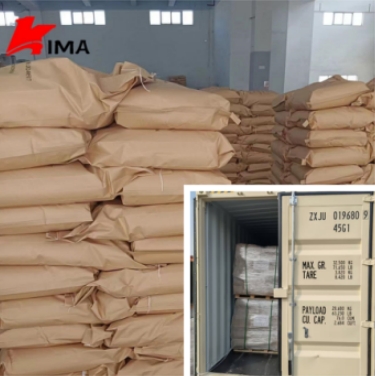
Precautions for use
3.1. Compatibility issues
CMC is an anionic polymer and has compatibility issues with cationic surfactants and certain cationic additives. When using it, you need to pay attention to the balance of the formula.
3.2. Solubility control
CMC is easily soluble in cold water, but it needs to be prevented from directly contacting with water to form agglomerates. It is recommended to add it by pre-wetting method or slow dispersion method to ensure uniform dissolution.
3.3. Dosage control
The amount of CMC used needs to be adjusted according to the type and performance requirements of the detergent. Excessive addition may lead to reduced foam or affect the cleaning efficiency.
Future development trend
With the advancement of green environmental protection concepts, CMC, as a material from renewable resources, has broad application prospects in daily chemical products. In the future, CMC products will develop in the direction of high purity, functional compounding, and specific molecular weight control to meet the increasingly complex detergent formulation needs.
The synergistic research of CMC and new functional additives such as enzyme preparations and natural surfactants will also drive its wider application in high-end washing products, such as maternal and child special detergents, phosphorus-free green laundry detergents, etc.
As an additive with comprehensive functions and stable performance, carboxymethyl cellulose plays an irreplaceable role in the production of detergents. It has excellent performance in improving washing performance, protecting fabrics, enhancing product texture and environmental friendliness. With the continuous advancement of technology, CMC will play a more extensive and in-depth role in the detergent industry in the future.
 English
English 日本語
日本語 français
français Deutsch
Deutsch Español
Español italiano
italiano русский
русский português
português العربية
العربية Türkçe
Türkçe Nederland
Nederland


